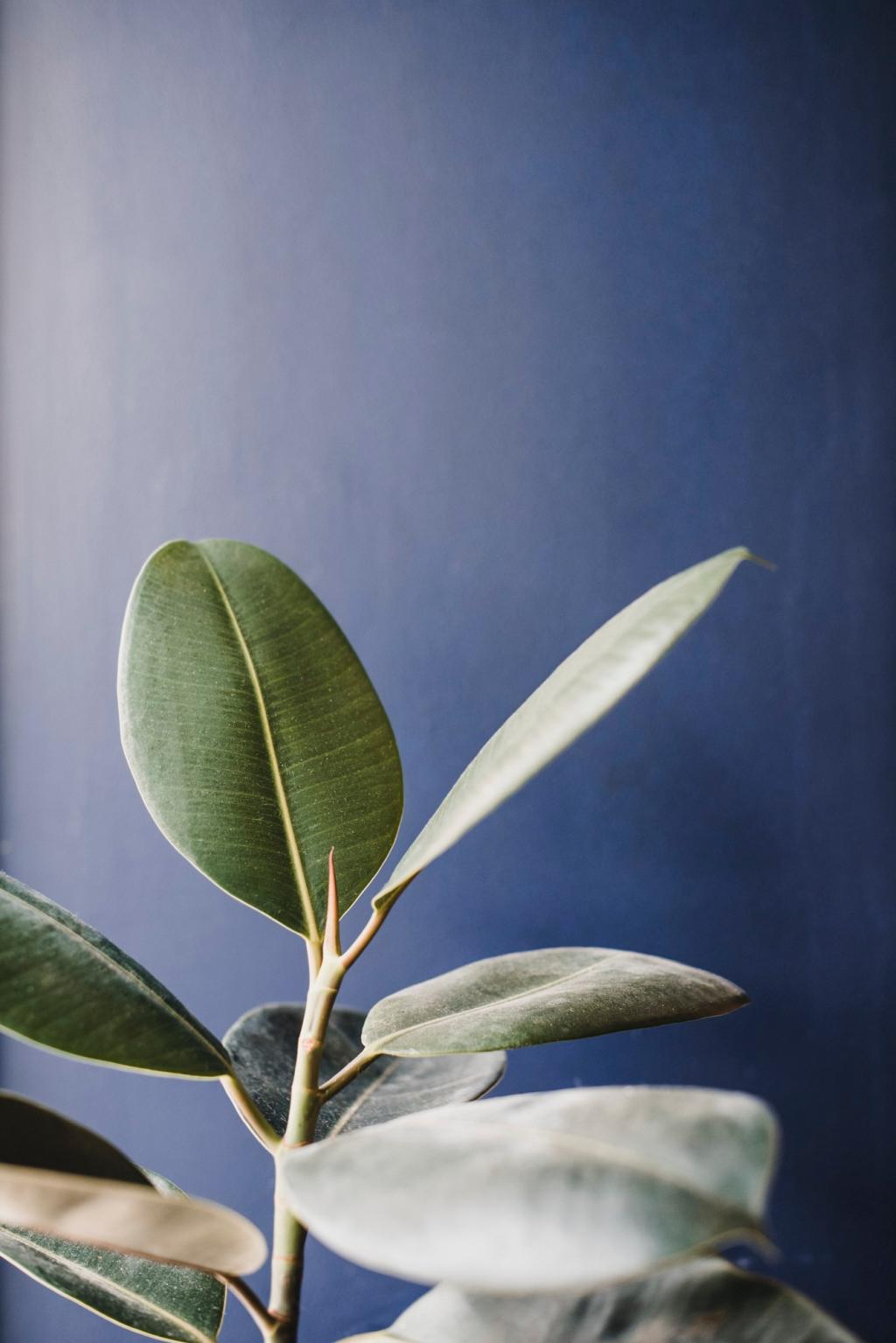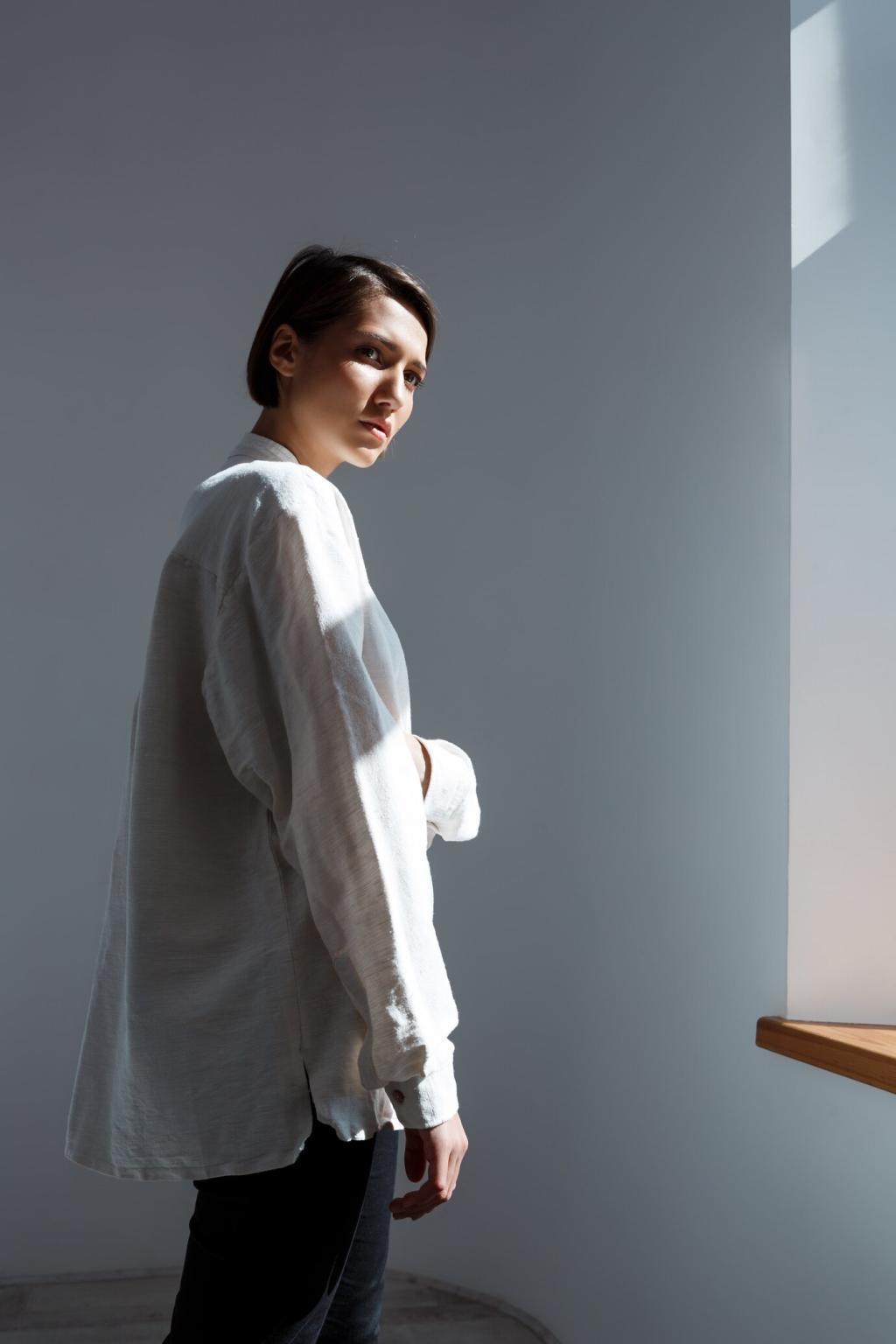Zen Principles Beneath Minimalism
In Zen, the pause between notes matters as much as the melody. Negative space—what Japanese aesthetics call “ma”—offers your senses rest, heightens focus, and invites presence. Try removing one item and noticing how the room suddenly inhales.
Zen Principles Beneath Minimalism
Minimalist design is not deprivation; it is devotion to what matters. Choose objects you’ll use daily, love deeply, and maintain easily. Ask, “Does this help me live well?” Then keep only the pieces that answer wholeheartedly.



